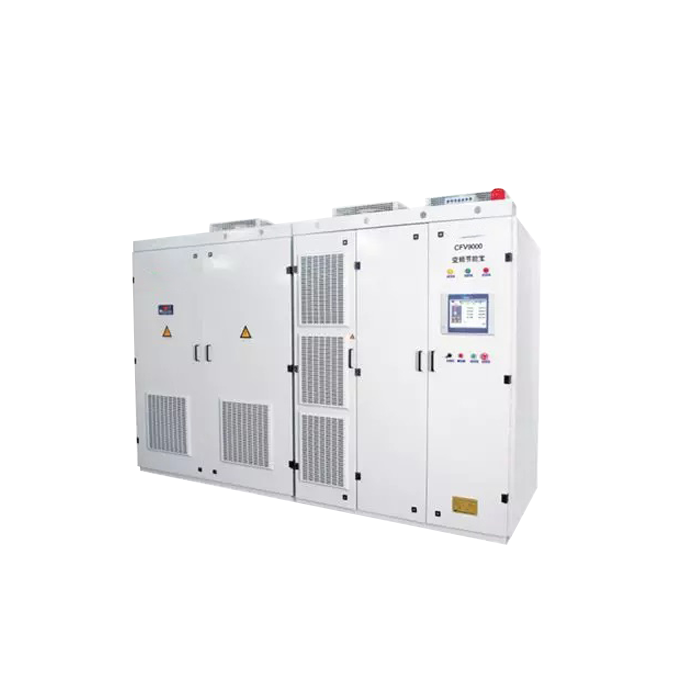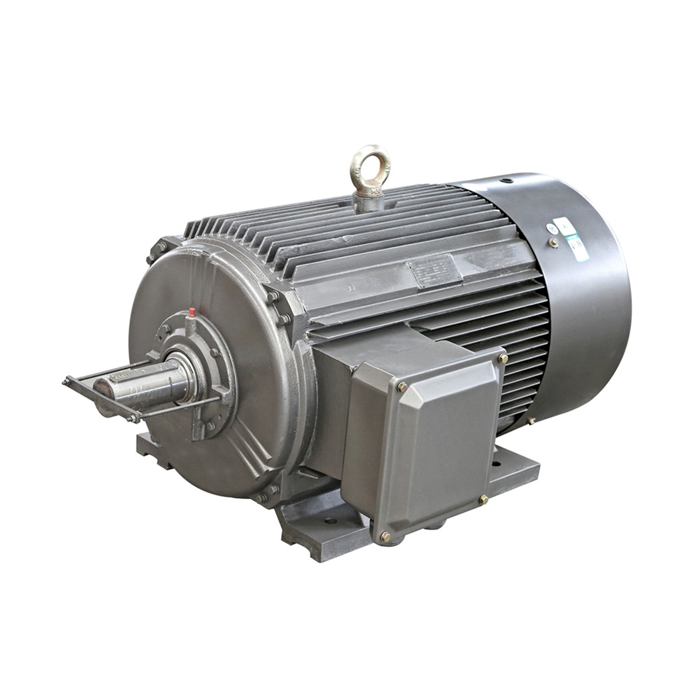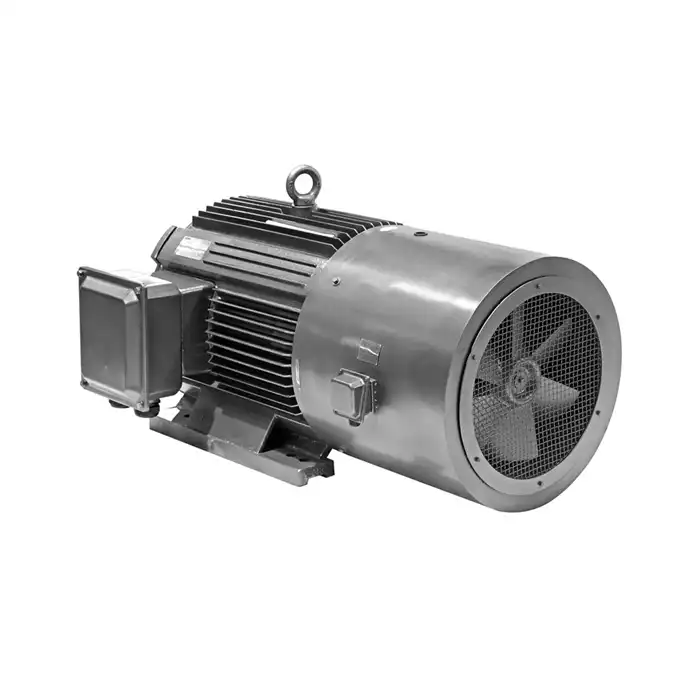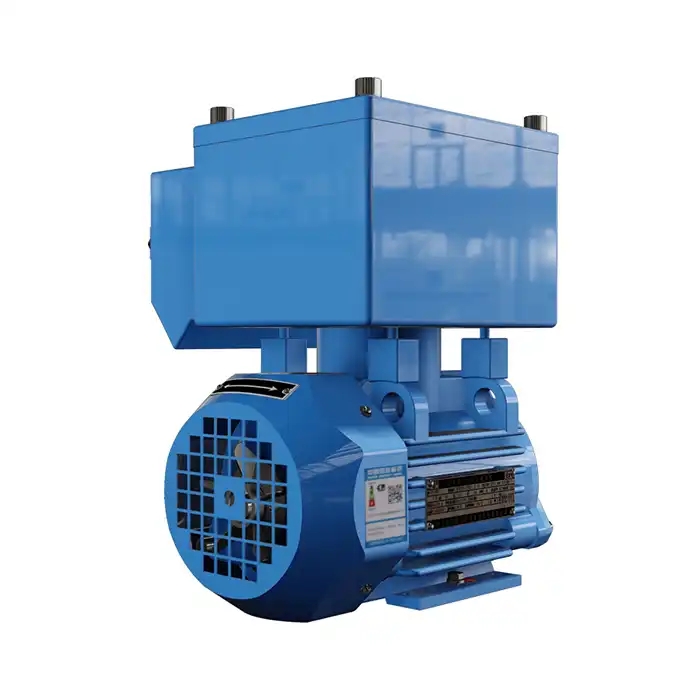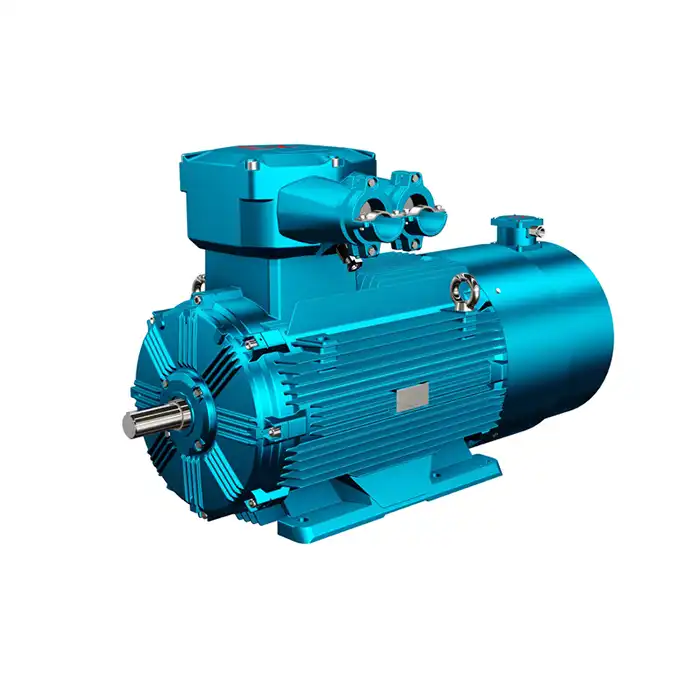Industrial motors, particularly those in the 630 kW motor, are significant energy consumers in many manufacturing and processing facilities. Improving their efficiency can lead to substantial energy savings and reduced operational costs. This article explores various strategies to enhance the performance of these powerful motors, focusing on advanced cooling techniques, the implementation of variable frequency drives, and the importance of energy audits.
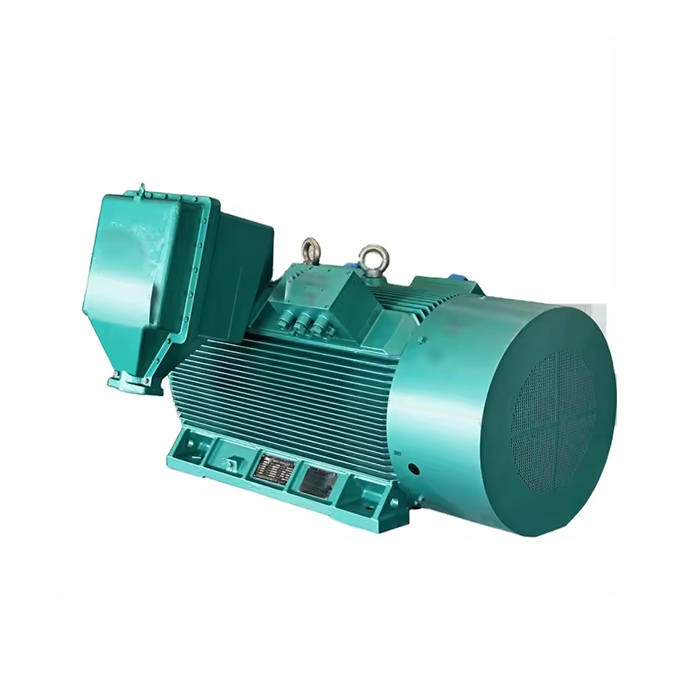
Series:YVF2
Protection level:IP54
Voltage range:3000V±5%,3300V±5%,6000V±5%,6600V±5%,10000V±5%,11000V±5%
Power range:160-1600 kW
Application:fans, water pumps, compressors, crushers, cutting machine tools, transportation machinery, etc.
Advantage:compact structure, light weight, low noise, small vibration, long service life, easy installation and maintenance.
Standard: This series of products complies with JB/T10444-2004 standards.
Others: SKF, NSK, FAG bearings can be replaced according to customer requirements.
Advanced Cooling Techniques for High-Power Motors
Effective cooling is crucial for maintaining the efficiency and longevity of 630 kW motors. As these motors generate considerable heat during operation, implementing advanced cooling techniques can significantly improve their performance and reliability.
Liquid Cooling Systems
Liquid cooling systems provide highly efficient heat dissipation compared to traditional air cooling methods. These systems work by circulating a coolant, such as water or a specialized liquid, through channels or tubes embedded within the motor's housing. As the coolant flows, it absorbs heat from critical components like the windings and bearings, transporting it away from the motor. This method allows for more consistent cooling, particularly in high-performance or high-power motors like a 630 kW model. By effectively managing heat, liquid cooling systems help prevent overheating, improve motor efficiency, and extend the lifespan of components.
Heat Pipe Technology
Heat pipes are another advanced solution for managing motor temperature. These passive devices transfer heat from the motor's core to the exterior, using a combination of phase change and capillary action to move heat efficiently. The use of heat pipes ensures a more uniform temperature distribution across the motor, reducing the likelihood of localized overheating. This is particularly beneficial for high-power motors, where maintaining a consistent temperature is crucial for performance and reliability. Heat pipes offer a reliable, low-maintenance solution for effective thermal management.
Advanced Thermal Management Materials
Incorporating advanced materials with superior thermal conductivity can significantly enhance the cooling efficiency of a 630 kW motor. Materials like graphene, which possess exceptional heat transfer properties, or specialized metal alloys, can be integrated into the motor's components to improve heat dissipation. These materials allow for better thermal regulation, preventing hot spots and ensuring that the motor operates within safe temperature limits. By optimizing the materials used in the motor's design, manufacturers can improve overall thermal performance, reduce energy loss, and increase the motor's reliability and efficiency over time.
Implementing Variable Frequency Drives: Pros and Cons
Variable Frequency Drives (VFDs) are increasingly being used with high-power motors to improve efficiency and provide greater control over motor operation. However, their implementation comes with both advantages and challenges.
Advantages of VFDs
VFDs offer precise speed control, allowing motors to operate at optimal efficiency points. This can lead to significant energy savings, especially in applications with varying load requirements. Additionally, VFDs can provide soft start capabilities, reducing wear on mechanical components and extending motor life.
Challenges in VFD Implementation
While VFDs offer numerous benefits, their implementation with 630 kW motors can present challenges. These may include harmonic distortion, which can affect power quality, and potential bearing currents that can lead to premature bearing failure if not properly addressed.
Mitigation Strategies
To address VFD-related challenges, various mitigation strategies can be employed. These include the use of harmonic filters to reduce distortion, proper grounding techniques to minimize bearing currents, and the selection of VFD-rated motors designed to withstand the stresses associated with variable frequency operation.
Energy Audits: Identifying Efficiency Bottlenecks
Conducting comprehensive energy audits is a crucial step in improving the efficiency of 630 kW motors. These audits can reveal inefficiencies and opportunities for improvement that might otherwise go unnoticed.
Motor Load Analysis
Conducting a motor load analysis is essential for determining whether the motor is operating under optimal conditions. Motors that are either underloaded or oversized tend to operate inefficiently, consuming more energy than necessary. Properly sizing the motor to match the specific load requirements of the application can help eliminate these inefficiencies. By analyzing the motor's load patterns, operators can identify opportunities to improve energy use and reduce operational costs. This step ensures that the motor runs within its most efficient performance range.
Power Quality Assessment
Power quality plays a crucial role in the overall performance of a motor. Voltage imbalances, harmonics, and other power quality issues can cause motors to work harder, leading to higher energy consumption and potential damage over time. Performing a thorough power quality assessment allows you to identify these issues and address them before they impact motor efficiency. Correcting power imbalances can reduce unnecessary energy losses and extend the lifespan of the motor, ultimately improving both performance and reliability.
Thermal Imaging
Thermal imaging can be used to identify hot spots in 630 kW motors, which may indicate inefficiencies or potential failure points. These hot spots may indicate issues like excessive friction, poor lubrication, or electrical faults. Regular thermal imaging inspections can prevent unexpected motor downtime by allowing operators to address issues before they escalate. This proactive approach also helps to optimize motor performance and ensure it operates within its safe temperature limits.
Vibration Analysis
Excessive vibration in a high-power motor can have significant negative effects on its efficiency. Vibration analysis helps identify problems such as misalignment, bearing wear, or mechanical imbalances. These issues not only increase energy consumption but can also cause premature wear and tear on motor components. Conducting vibration analysis as part of an energy audit helps pinpoint these mechanical issues early on, enabling timely maintenance or repairs. By addressing vibration-related problems, you can enhance the motor’s efficiency, reduce operational costs, and prolong its lifespan.
Call to Action: Enhance Your Industrial Motor Efficiency with XCMOTOR
Improving the efficiency of your 630 kW motor is a smart investment that can lead to significant energy savings and improved operational performance. At XCMOTOR, we specialize in high-efficiency industrial motors and motor optimization solutions. Our team of experts can help you implement the strategies discussed in this article, tailored to your specific needs and applications. With our advanced motor technologies and comprehensive support, you can achieve optimal efficiency and reliability in your industrial processes. Contact us today at xcmotors@163.com to learn how we can help you maximize the performance of your high-power motors.



